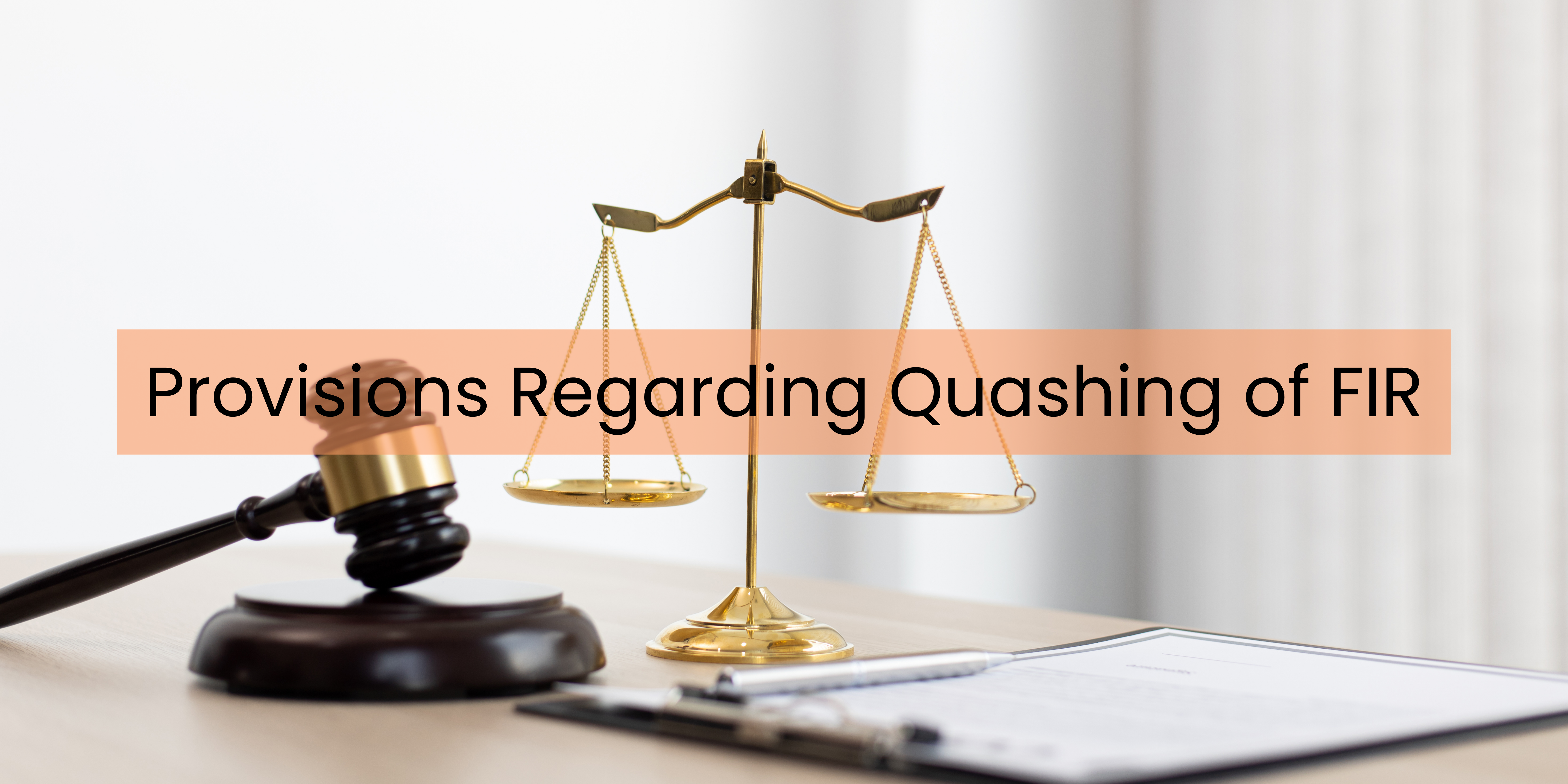In today’s innovative world, protecting intellectual property is paramount. Whether it’s a piece of creative work, a brand logo, or a groundbreaking invention, understanding the legal frameworks of copyrights, trademarks, and patents is crucial. These laws provide the necessary safeguarding and recognition for the creators, inventors, and businesses. Let’s dive into the basics of these essential components of intellectual property rights.
What Are Intellectual Property Laws?
Intellectual property laws serve as a vital shield for creators and innovators, offering legal protection to their groundbreaking ideas and artistic endeavors. These laws encompass a spectrum of rights, including copyrights, trademarks, and patents. Copyrights provide exclusive control to creators over their literary, artistic, and creative works, ensuring that their expressions are safeguarded against unauthorized use. Trademarks distinguish products or services through unique symbols, logos, or names, helping businesses carve out their identity in the market. Patents, meanwhile, safeguard inventions by granting inventors exclusive rights and promoting innovation by safeguarding against infringement. Understanding and adhering to these laws not only preserves the rights of individuals but also fosters an environment conducive to continuous creativity and growth in today’s competitive landscape.
Copyrights: Safeguarding Creative Works
What are Copyrights?
Copyrights are legal protections granted to the creators of original works, granting exclusive rights to use and distribute their creations. It covers literary, artistic, musical, and dramatic works, as well as films, recordings, and software.
Definition
Copyright is a form of intellectual property law that grants the creator of an original work exclusive rights over its use and distribution. In India, copyright protection is governed by the Copyright Act, 1957.
Key Aspects of Copyrights:
- Protection Scope: Copyrights protect a wide range of creative works, including books, paintings, music, and software.
- Exclusive Rights: It provides creators with exclusive rights to reproduce, distribute, perform, and display their works.
- Duration: Copyright protection typically lasts for the creator’s lifetime plus 60 years.
- Registration: While copyrights are automatic upon creation, registration offers legal evidence and facilitates legal actions against infringement.
Trademarks: Distinctive Identity for Brands
What are Trademarks?
Trademarks are distinctive symbols, signs, or expressions used to identify and distinguish goods or services of one entity from others. Logos, brand names, and slogans can be trademarked.
Definition
A trademark is a recognizable sign, design, or expression that identifies products or services of a particular source and distinguishes them from others. In India, trademarks are regulated by the Trademarks Act, 1999.
Key Aspects of Trademarks:
- Eligibility: Trademarks cover any mark capable of graphical representation and distinguishing goods/services.
- Registration: Registering a trademark provides exclusive rights and legal protection against unauthorized use.
- Renewal: Trademark protection can be renewed indefinitely every ten years upon payment of fees.
- Enforcement: Trademark owners have the right to take legal action against infringement.
Patents: Protecting Inventions and Innovations
What are Patents?
A patent grants exclusive rights to an inventor for a new and useful invention, preventing others from making, using, or selling the invention without permission.
Definition
A patent is a form of intellectual property that grants exclusive rights to an inventor for a new and useful invention. The Indian Patents Act, 1970, governs patent protection.
Key Aspects of Patents:
- Eligibility: Patents cover inventions that are novel, involve an inventive step, and are industrially applicable.
- Application Process: Obtaining a patent involves filing an application, examination, and grant by the Patent Office.
- Duration: Patents usually last for 20 years from the filing date of the application.
- Exclusions: Certain inventions such as discoveries, theories, and plant varieties are not patentable.
Importance of Intellectual Property Laws in Legal Protection
In a digital age ripened with creativity and innovation, intellectual property laws play a pivotal role in safeguarding rights and fostering innovation. These laws enable creators, innovators, and businesses to protect their unique works, brands, and inventions, thereby promoting innovation and creativity while preventing unauthorized use and exploitation.
Understanding the nuances of copyrights, trademarks, and patents is essential for creators, entrepreneurs, and businesses alike. It not only protects their creations and brands but also stimulates growth and competitiveness in a dynamic market environment.
Conclusion
In essence, copyrights, trademarks, and patents are indispensable shields that offer creators, innovators, and businesses the necessary legal protections. They provide exclusive rights, recognition, and opportunities for growth and development, ensuring that the fruits of their labor are respected, protected, and valued in the legal landscape.
Navigating the realms of intellectual property laws empowers individuals and businesses to thrive, innovate, and contribute meaningfully to the ever-evolving world of creativity and progress. Understanding these legal mechanisms and securing appropriate intellectual property rights are vital steps toward fostering innovation, protecting creative works, and sustaining growth in a competitive market.


